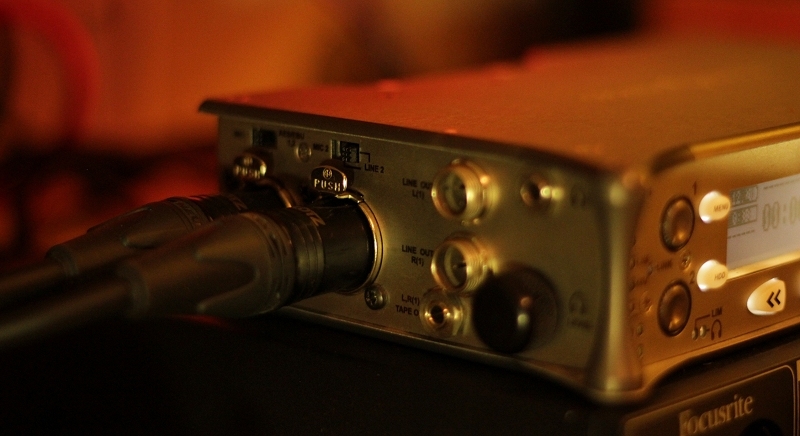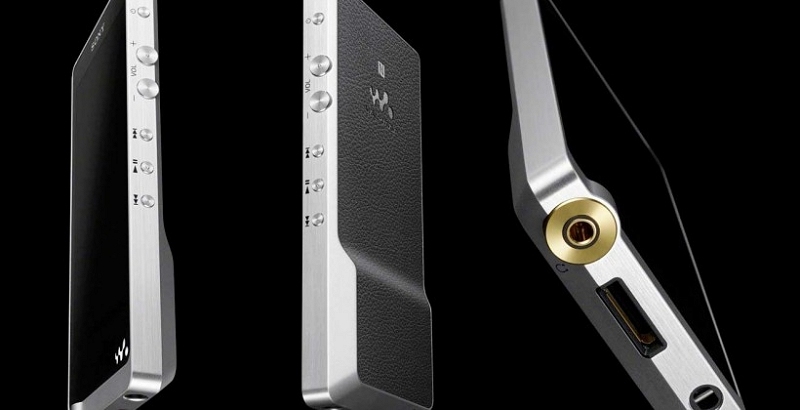
Dedicated MP3 players were displaced by smartphones years ago (just ask Apple). But now, the nearly-extinct devices are starting to make a comeback - at least among those who put audio quality above all else.
Stateside, everyone is watching and waiting to see what becomes of the PonoPlayer, a portable music player that will offer studio master-quality digital music at the highest audio fidelity possible. The device finished its run on Kickstarter back in April as the third best campaign of all time and is expected to ship later this year.
On the other side of the planet, there's another high-end music player already on the market with a familiar name that's taking Asian and European markets by storm. Sony's Walkman ZX1 (yes, the brand is still alive) launched last December and has reportedly been selling very well despite its $700 price tag.

The portable music player features a 4-inch display with 854 x 480 resolution that's capable of displaying full album artwork with 128GB of onboard storage. It can play standard MP3s and compressed lossless formats like FLAC and ALAC at up to 192/kHz/24 bit.
For those not in the know, the first number is the sampling rate, or how many times the audio file is sampled for data per second. The second figure related to the amount of data in each sample. The chart below does a good job at helping to visualize how this works in the real world when listing to a song.

High-end audio players certainly aren't for everyone as many likely won't be able to hear a difference between lossy and lossless recordings. If you can, however, and are comfortable with a limited catalog of music and a high entry fee, you'll be among the few that get to experience music the way it was meant to be heard.
https://www.techspot.com/news/57491-sonys-walkman-gets-resurrected-as-a-high-res-audio-player.html